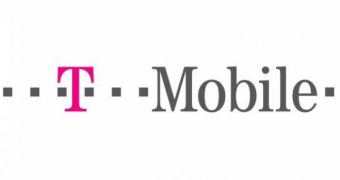Wireless carrier T-Mobile USA is reportedly getting ready to expand the availability of its new HSPA+ networks around the United States. The company started the deployment of the new service several months ago, and announced its availability in a series of markets around the country, offering users the possibility to benefit from enhanced 3G speeds. 19 new markets are expected to start enjoying the carrier's new HSPA+ service before the end of this month.
To be more precise, July 21 is said to bring the network enhancement to the following cities: Austin, TX, Baltimore, MD, Birmingham, AL, Cincinnati, OH, Cleveland, OH, Columbus, OH, El Paso, TX, Ft. Worth, TX, Hawaii, HI, Indianapolis, IL, Jacksonville, FL, Kansas City, MO, Louisville, TN, Milwaukee, WI, Minneapolis, MN, Portland, OR, San Antonio, TX, Washington, D.C., and Wichita, KS.
In addition to these network enhancements, T-Mobile is also rumored to plan the launch of a new webConnect Rocket 2.0 USB data stick come July 21. The device should boast a new, swiveling design. Delivered to users as an improved version of the original USB WWAN modem, the new device should offer a microSDHC slot with support for up to 16GB of storage, in addition to support for those 4G-like speeds T-Mobile's HSPA+ network can offer.
On top of that, the wireless carrier should make available a new netbook to its users in select markets, namely the Dell Inspiron Mini 10 netbook. The device would be put on sale in a series of HSPA+ markets, it seems, and it should either include 3G connectivity, or should offer that via a webConnect Rocket stick.
For what it's worth, this seems to be one of the most important network enhancements T-Mobile is performing. Other wireless carriers in the country, and around the world, are deploying or are getting ready to deploy 4G networks based on LTE or WiMAX, but Magenta is improving the existing infrastructure, a move that results both in increased speeds offered to its users, as well as in reduced costs for the deployment.

 14 DAY TRIAL //
14 DAY TRIAL //